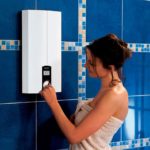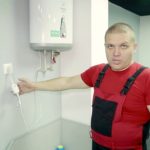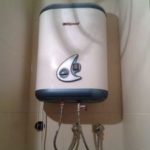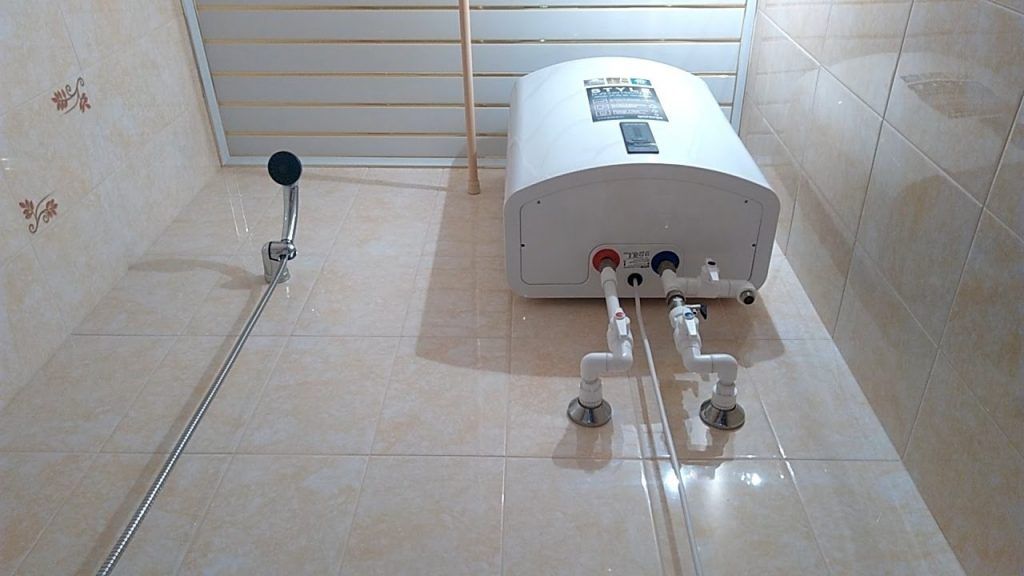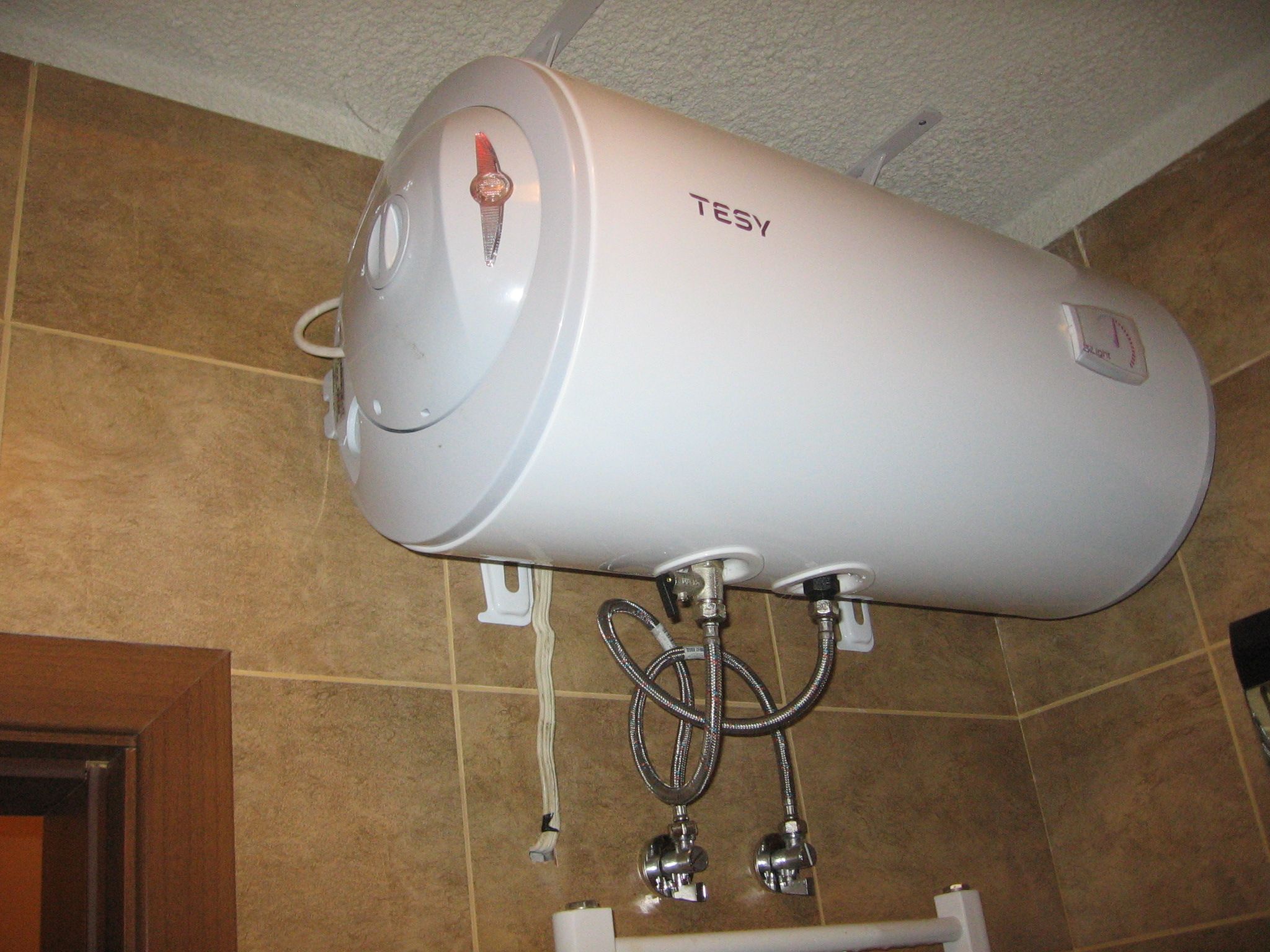Water heater leaking
A water heater failure is always unpleasant. However, you should not be upset and think about buying a new device - perhaps the malfunction can be easily fixed, especially if we are talking about a leak.
The content of the article
Why is the water heater leaking?
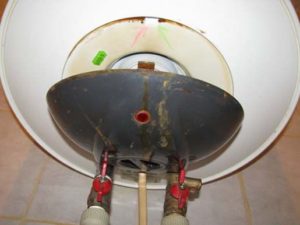 If your water heater is leaking, you first need to localize the problem. There are 3 options:
If your water heater is leaking, you first need to localize the problem. There are 3 options:
- Poorly assembled water supply system;
- The check valve is leaking;
- It's leaking from under the tank itself.
If the leak occurs in the area where the plumbing fixtures meet, try tightening the problematic connections further using a pair of adjustable wrenches. If this does not help, you need to disassemble the leaking section of the pipeline and reassemble it, checking the quality of the fitting, not forgetting to use the appropriate sealing material.
Why does a water heater need a safety valve?
 The water heater is leaking, what should I do? A non-return valve is always used in the installation diagram of a storage water heater. This is needed for two main purposes. Firstly, it prevents the backflow of heated water in the direction of the cold riser.
The water heater is leaking, what should I do? A non-return valve is always used in the installation diagram of a storage water heater. This is needed for two main purposes. Firstly, it prevents the backflow of heated water in the direction of the cold riser.
Secondly, the valve protects the tank by relieving excess pressure generated due to the expansion of the heated liquid or coming from the main line during periods of inactivity.
A check valve is a T-shaped fitting that allows water to flow in one direction (from the riser to the storage tank). If the pressure exceeds the maximum permissible for the heating device (usually 6 atmospheres), the spring inside the valve compresses, opening the drainage hole.
Why is water dripping from my water heater safety valve? If the water heater is assembled well, when filling the tank with water, the check valve did not allow water to pass through, but after heating began and when the tank was operating, water gradually began to leak through it - this is a normal situation, there is no damage to it.
Moreover, in houses with a centralized water supply, leakage can increase significantly at night, when water intake is significantly reduced and the pressure in the system, accordingly, increases. To combat excess pressure in the system, you can install a reducer with a pressure gauge at the input of the device to monitor and adjust this parameter during operation.
Attention! If the check valve does not release water along with excess pressure, it is most likely clogged and needs to be cleaned or replaced urgently, otherwise the heater itself may suffer.
Typically, the water flowing out of the valve is collected through a drainage tube in a storage tank or discharged into the sewer. The volume of liquid discharged per day is 1.5-3% of the size of the storage tank.
If the flow is more intense, the spring inside the fuse may be damaged, the internal gasket has come loose, or it is clogged.In this case, it must be dismantled, disassembled, cleaned and reassembled. If this does not help, replace the valve fitting with a good one.
What to do if your water heater is leaking
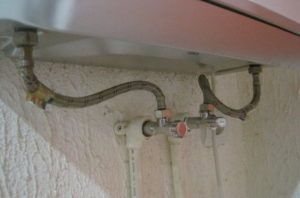 The most unpleasant thing is if the leak is related to the boiler itself. If a leak is detected directly from the water heater, you must immediately turn off the power to the device and turn off the water. After this, you need to remove the outer cover of the device housing and inspect the location of the leak.
The most unpleasant thing is if the leak is related to the boiler itself. If a leak is detected directly from the water heater, you must immediately turn off the power to the device and turn off the water. After this, you need to remove the outer cover of the device housing and inspect the location of the leak.
There are two main types of malfunction: either the tank itself burst, and then the entire unit really needs to be replaced, or due to a valve that did not work for some reason, due to excess internal pressure, the storage gasket in the area where the heating element is attached was squeezed out.
In this case, you can try to replace this gasket yourself or call a technician. It is also necessary to check the operation of the valve fuse or replace it.
Prevention to prevent your water heater from leaking in the future
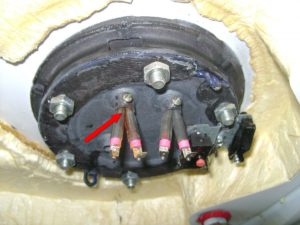 To avoid such problems, you must adhere to simple rules during installation and operation:
To avoid such problems, you must adhere to simple rules during installation and operation:
- Carry out high-quality joining of plumbing units using sealants;
- Connect the device to the water supply system in the correct circuit using a check valve and a reduction gear, as well as a drainage system;
- Control the heating temperature of the water in the tank, do not bring it to the maximum level;
- Turn off the heater if it is not intended to be used for a long time;
You should also use the device in accordance with the operating instructions and carry out routine maintenance.

